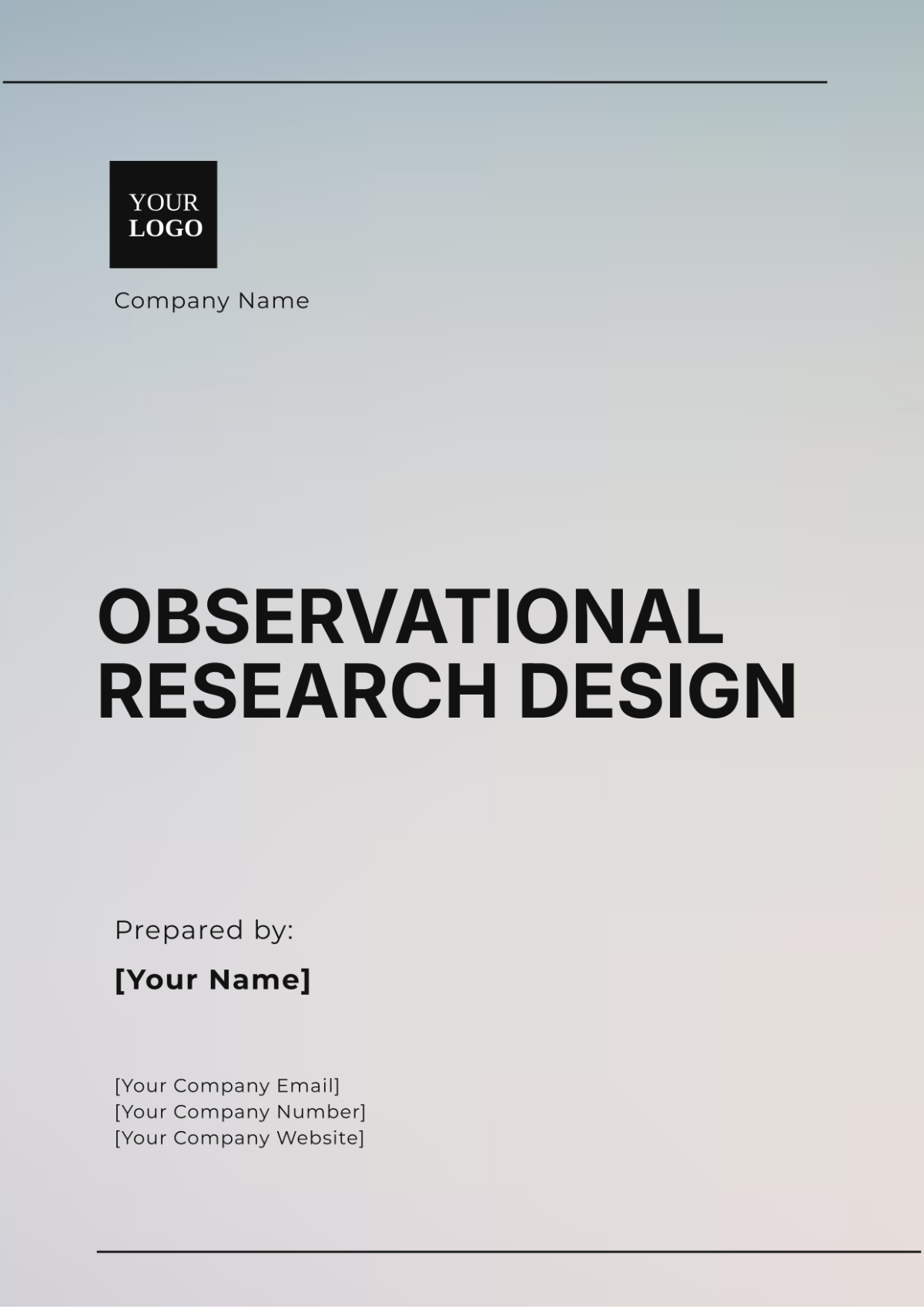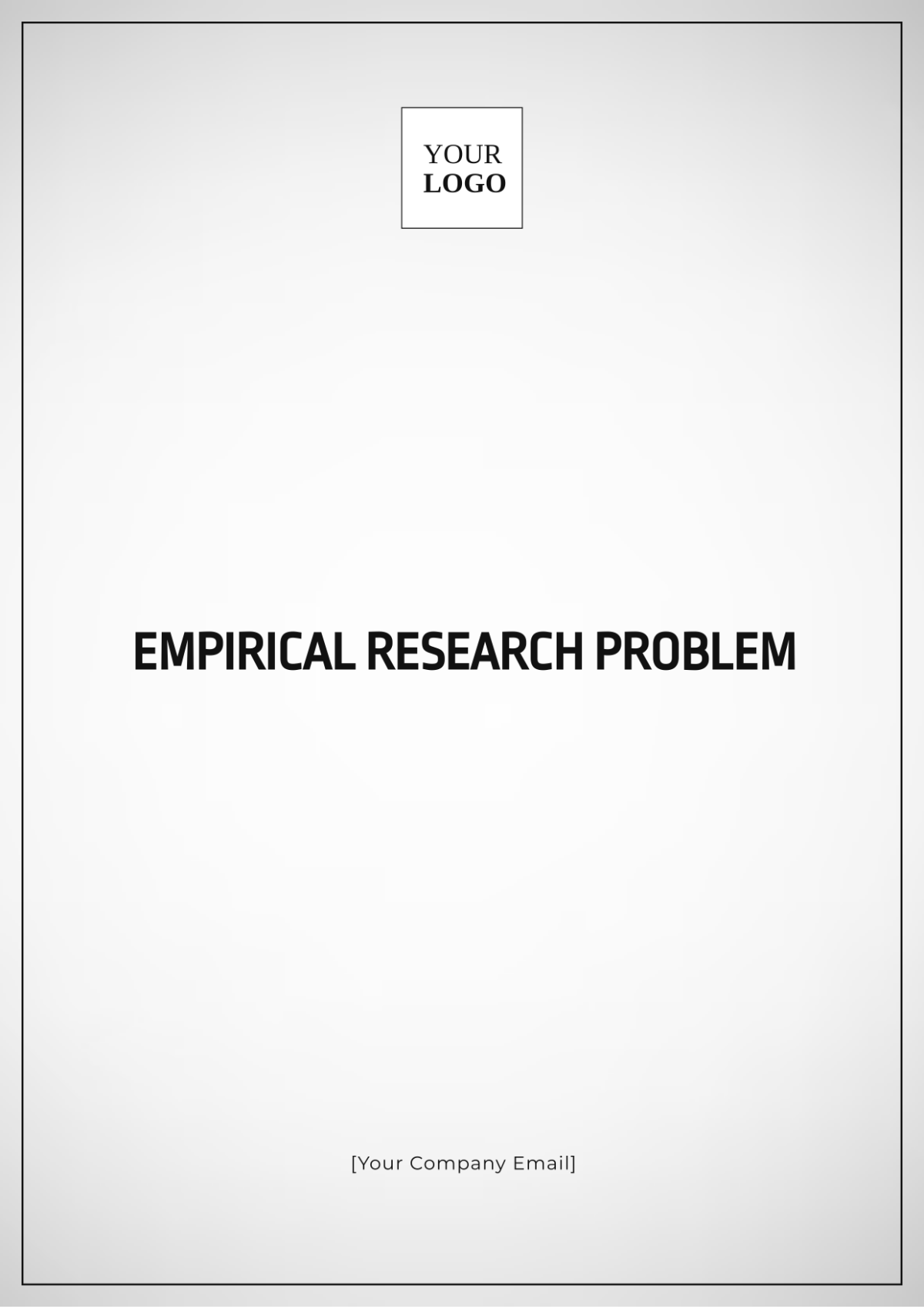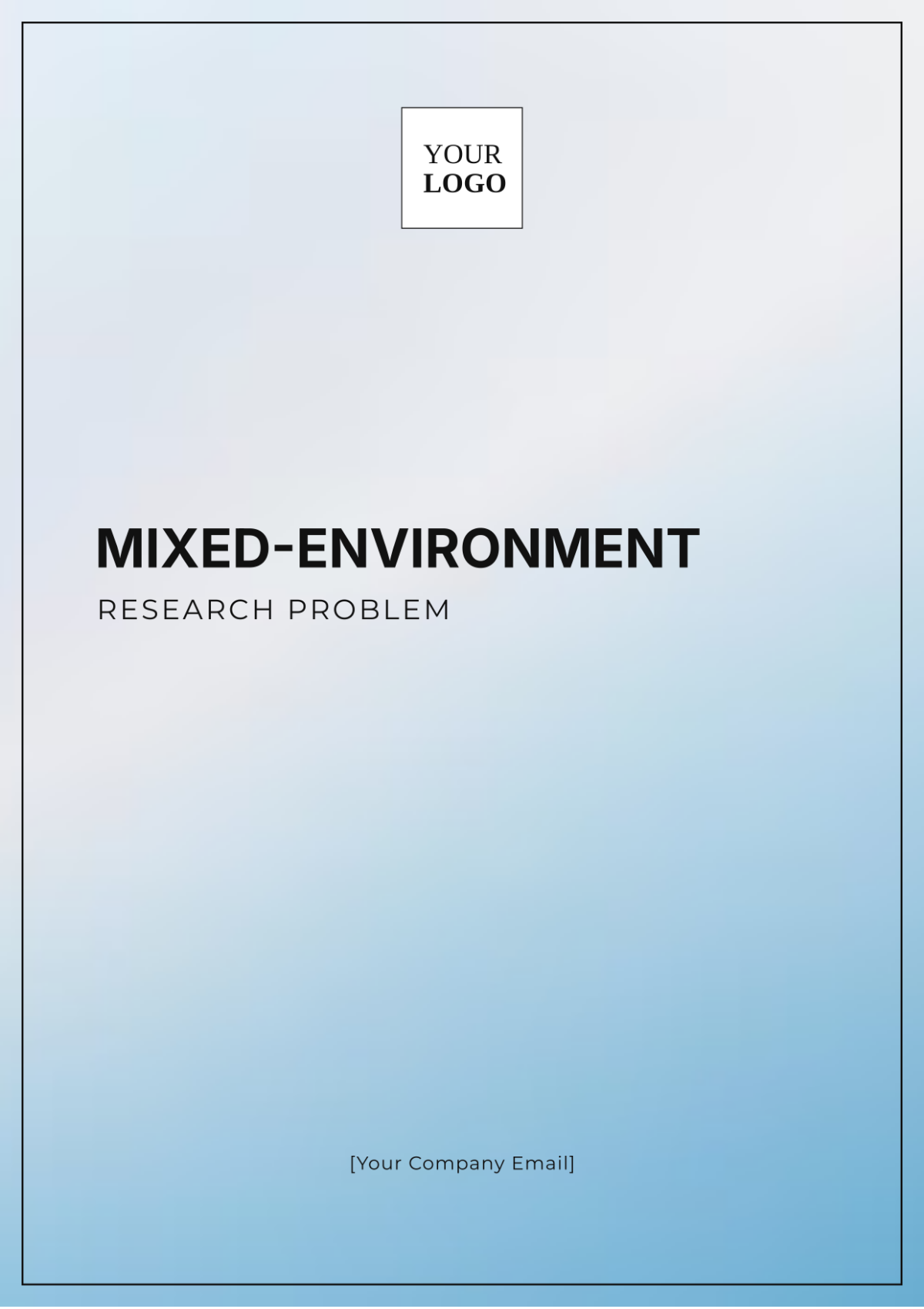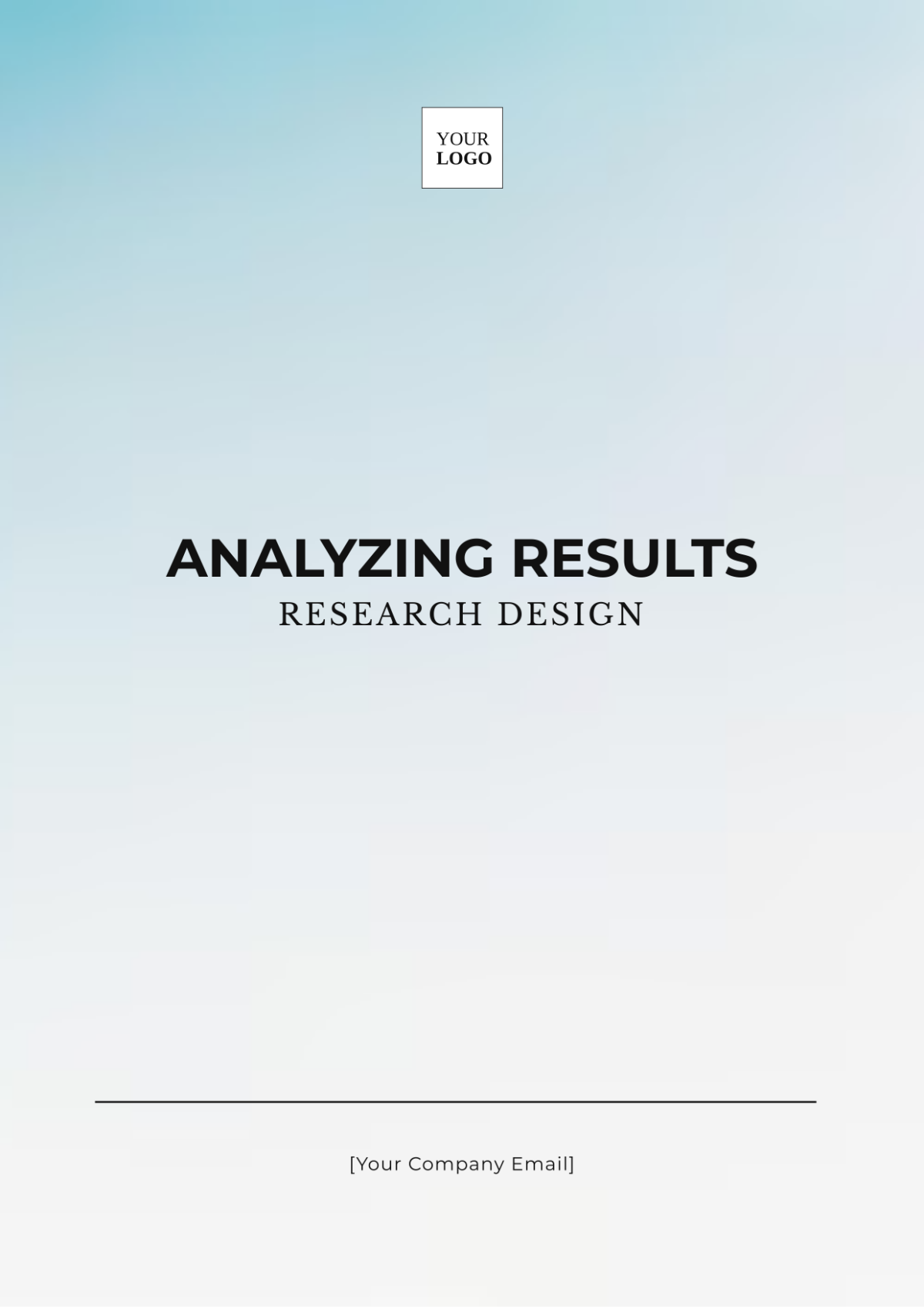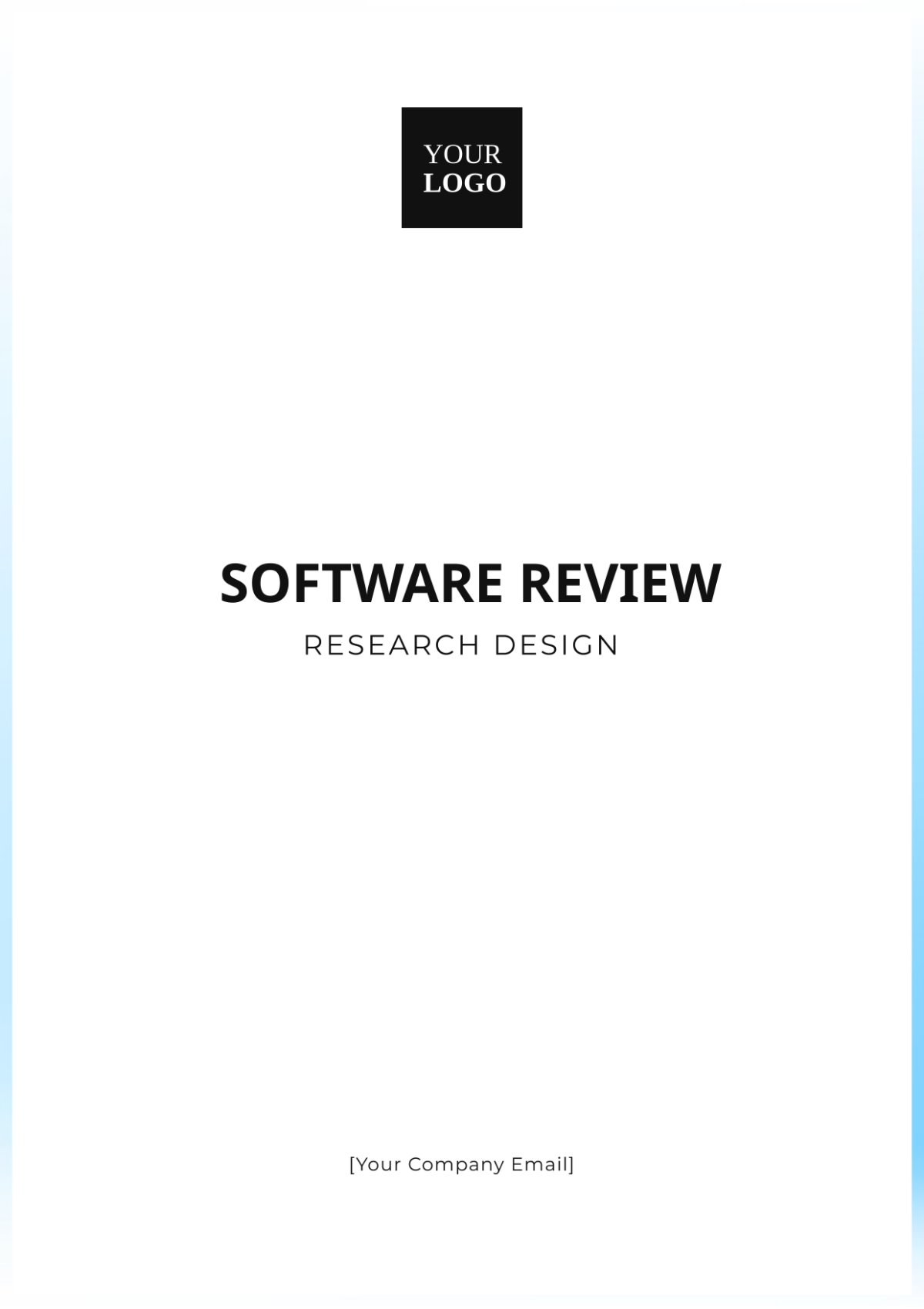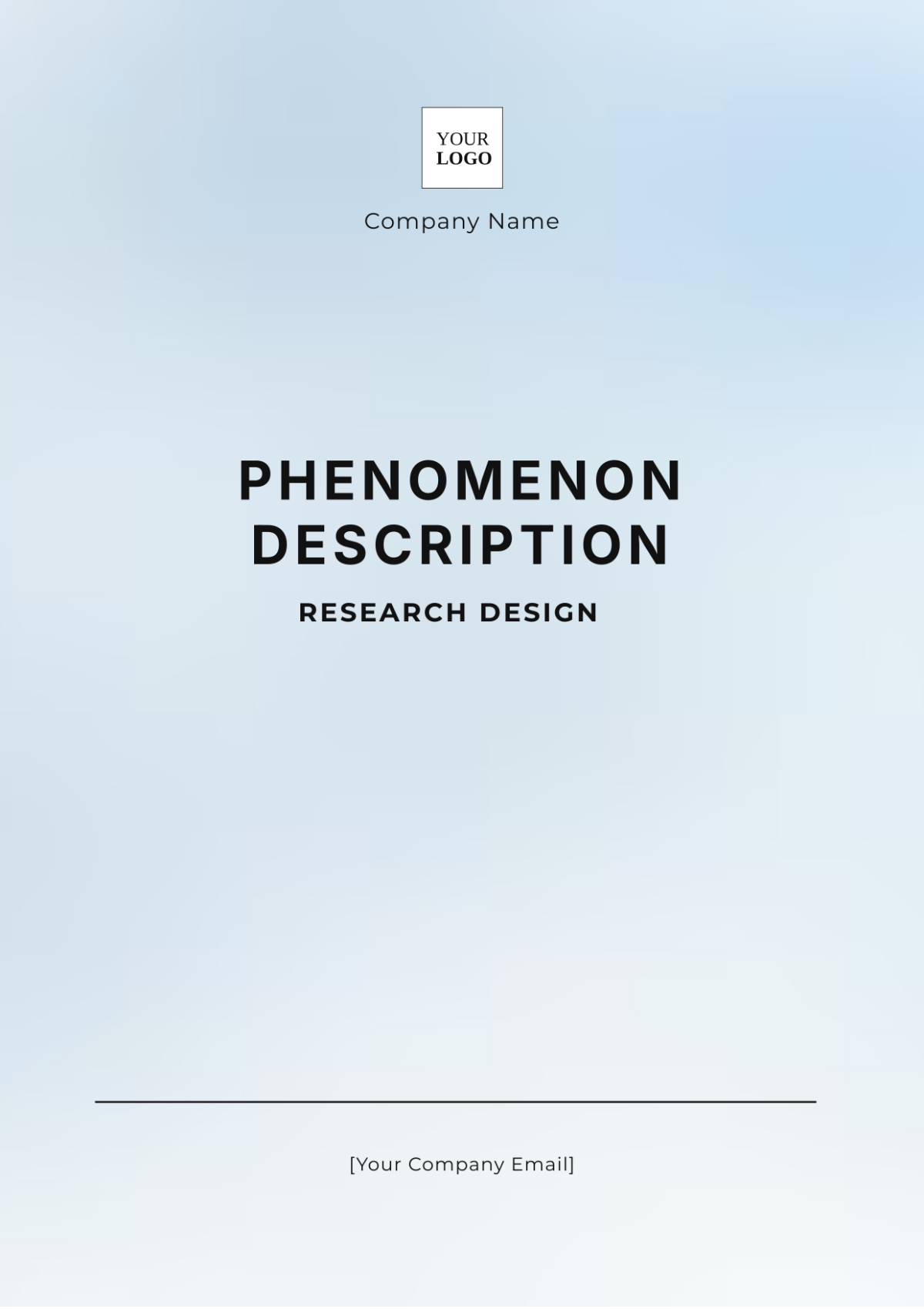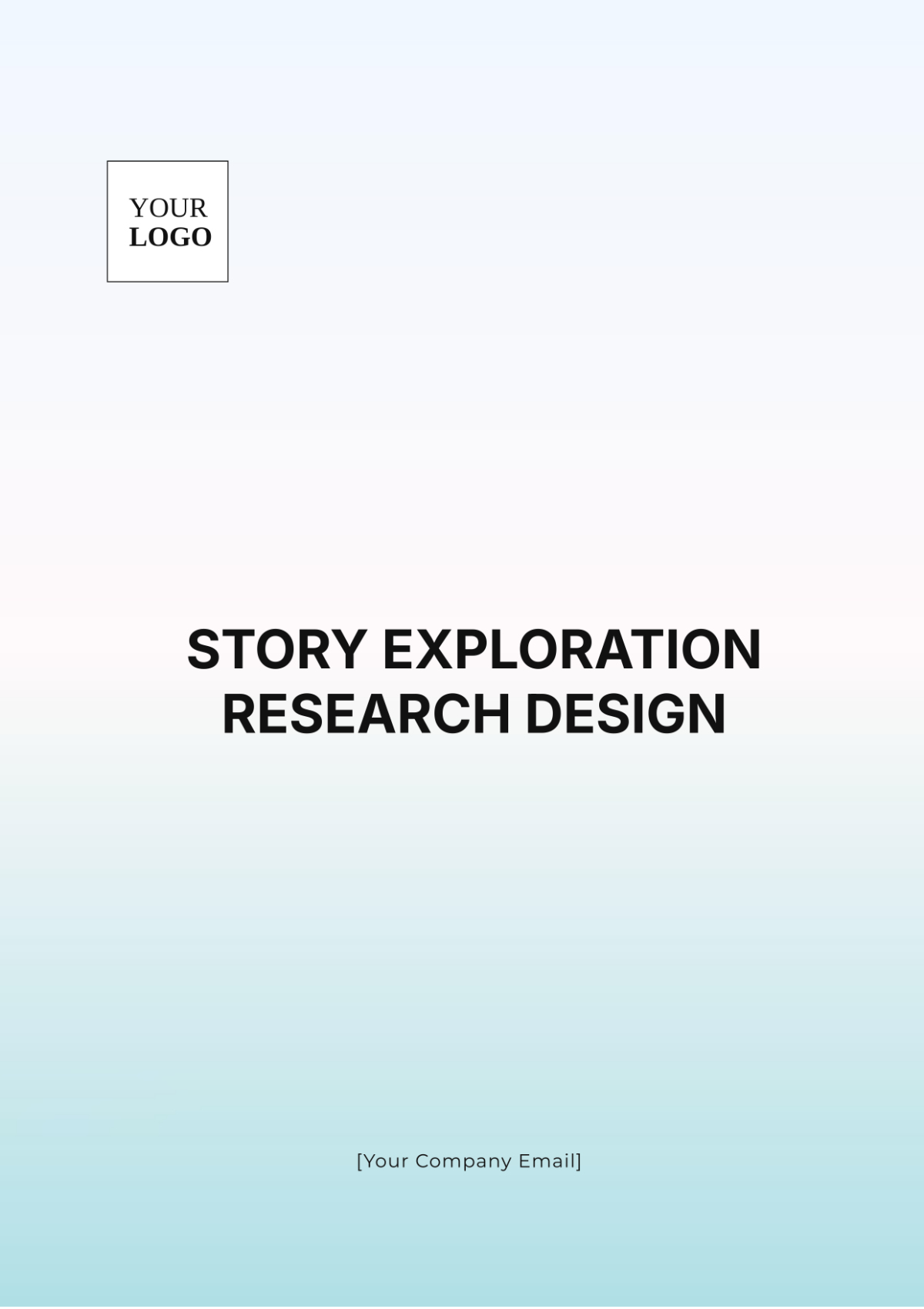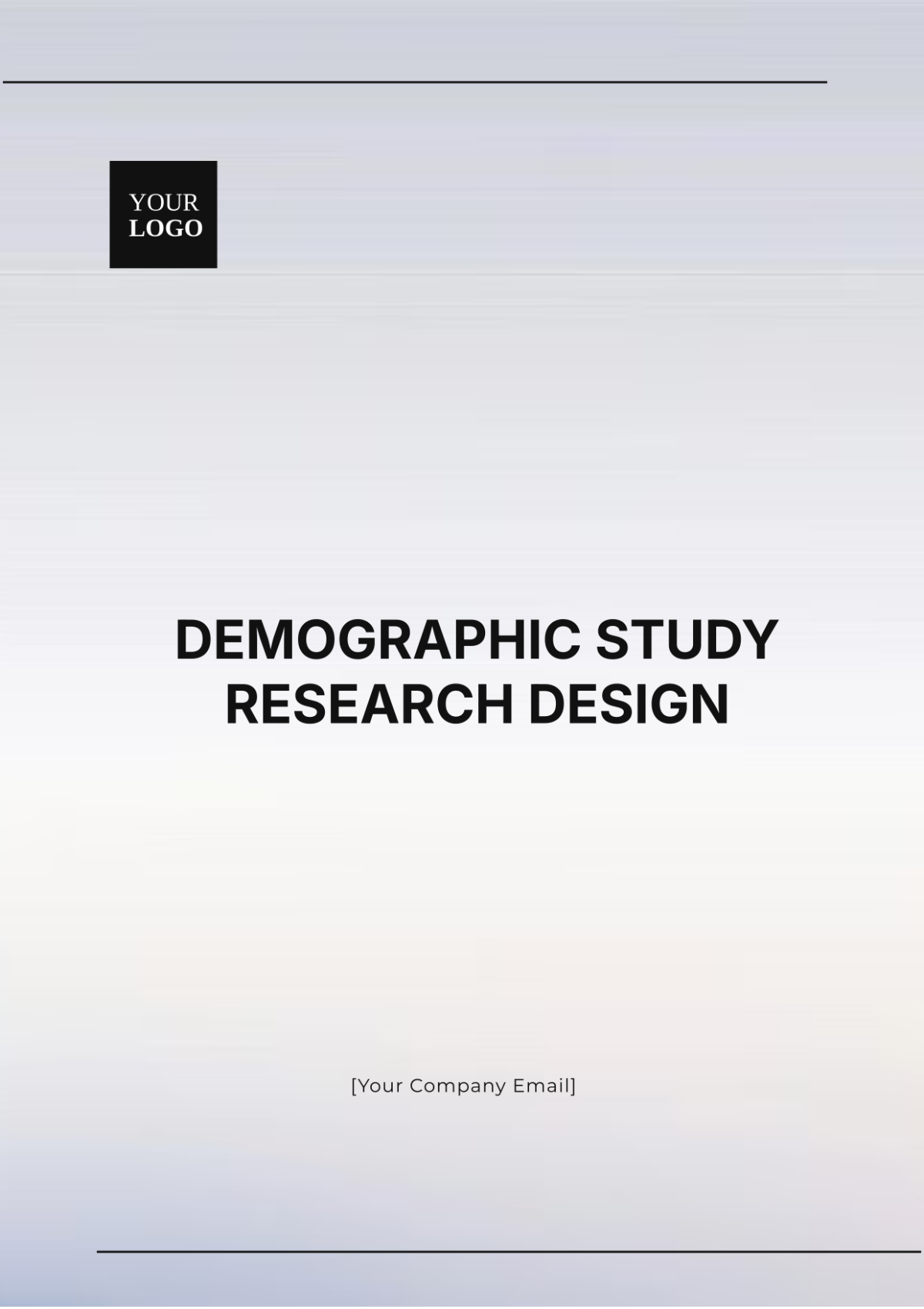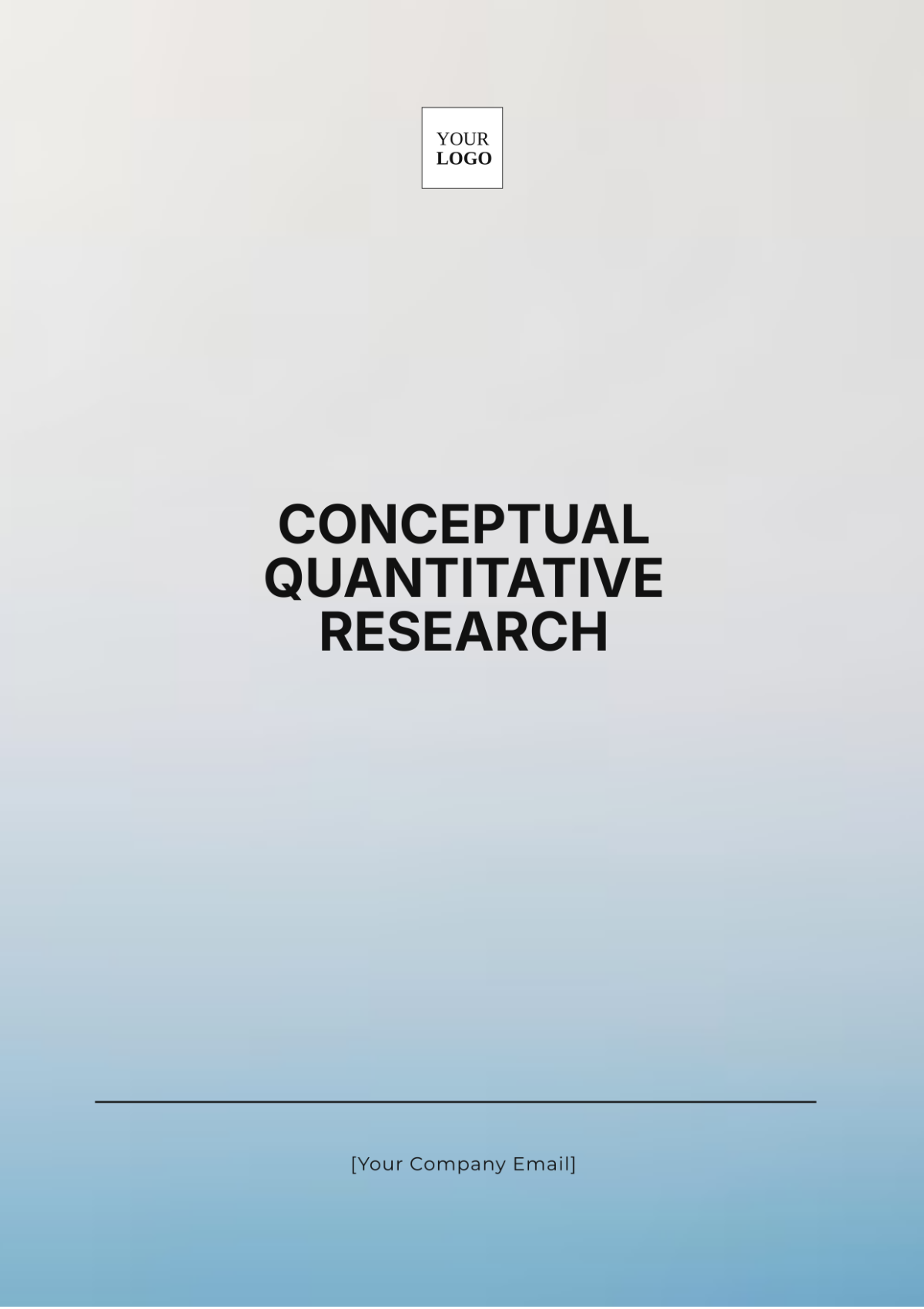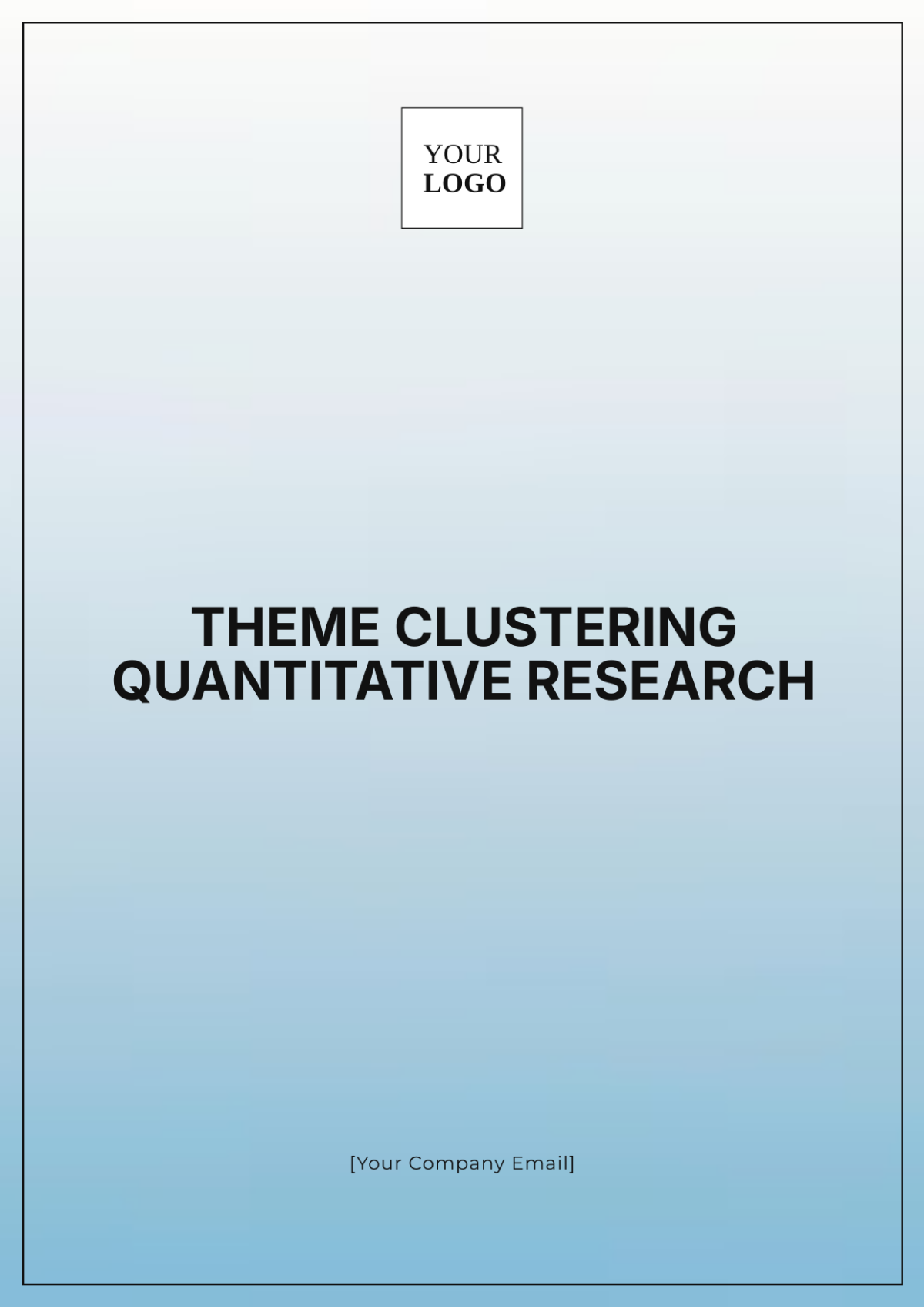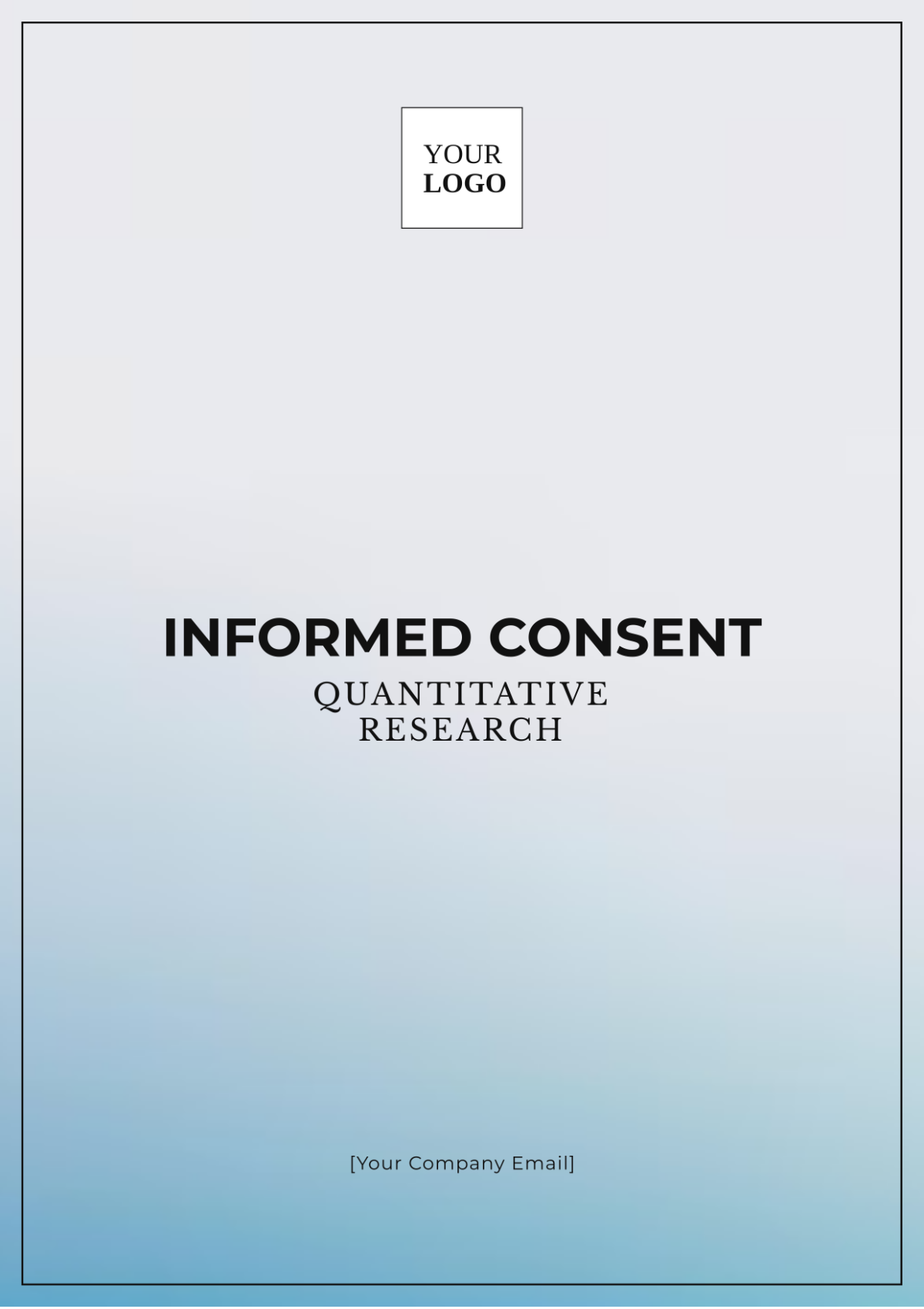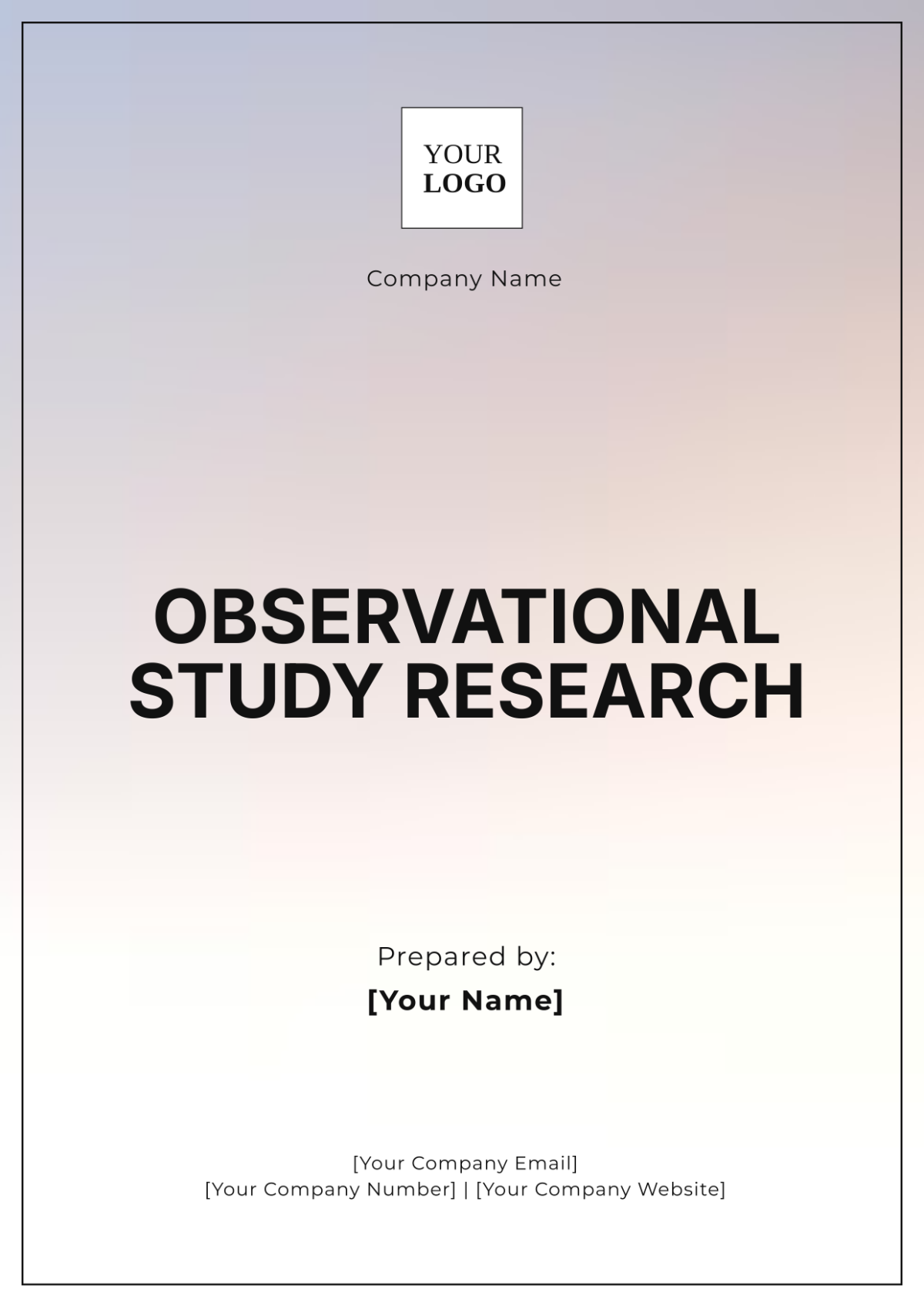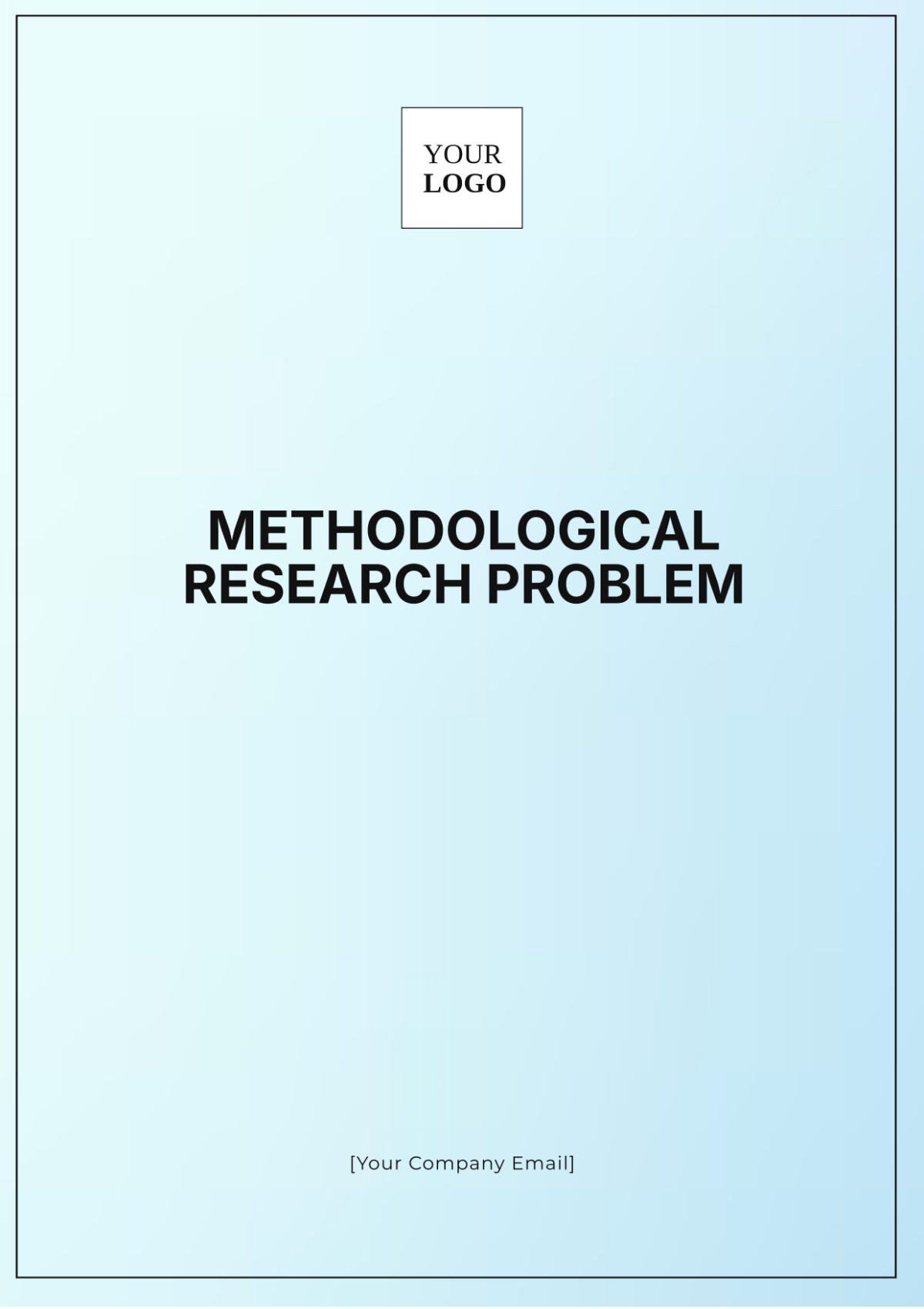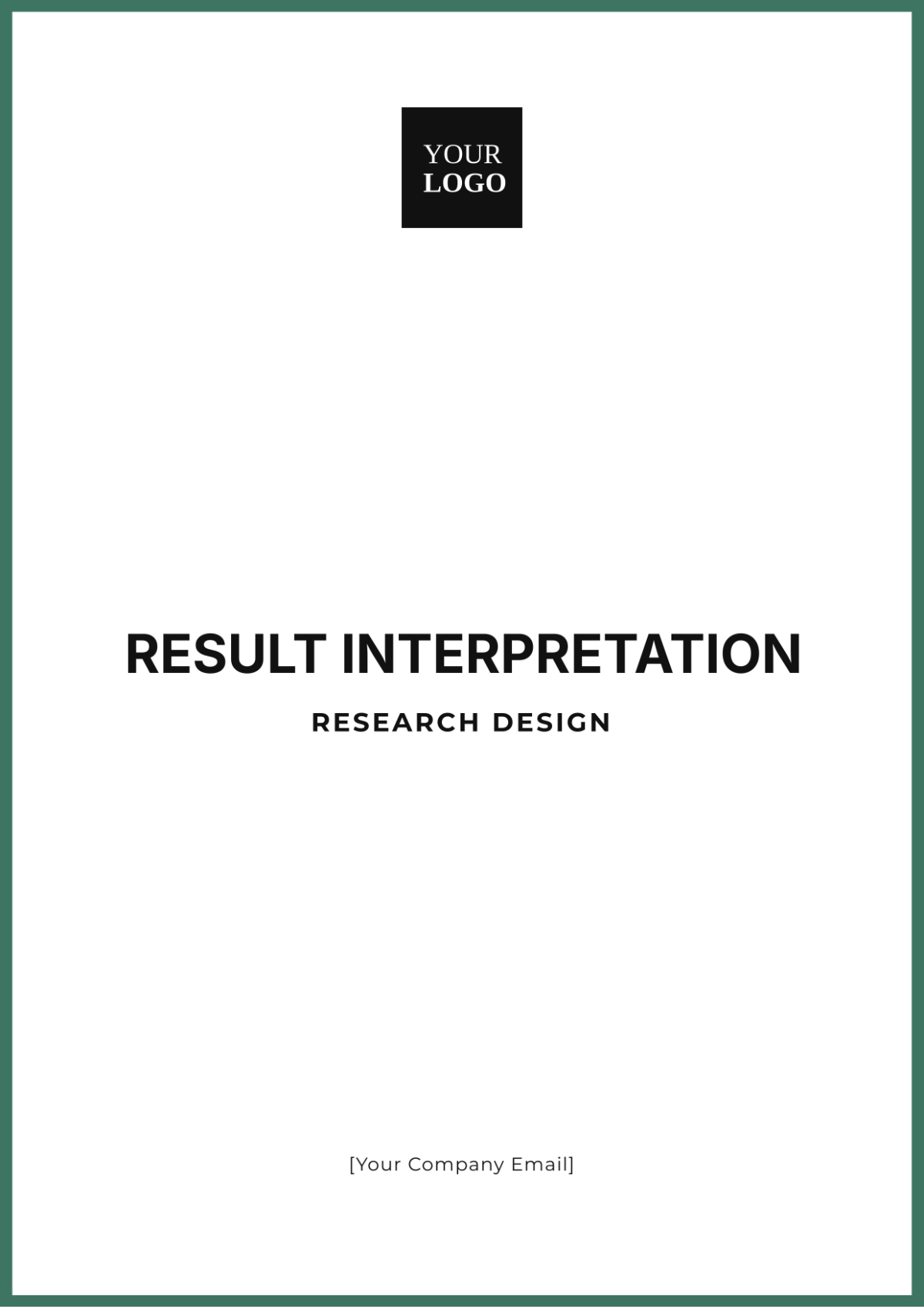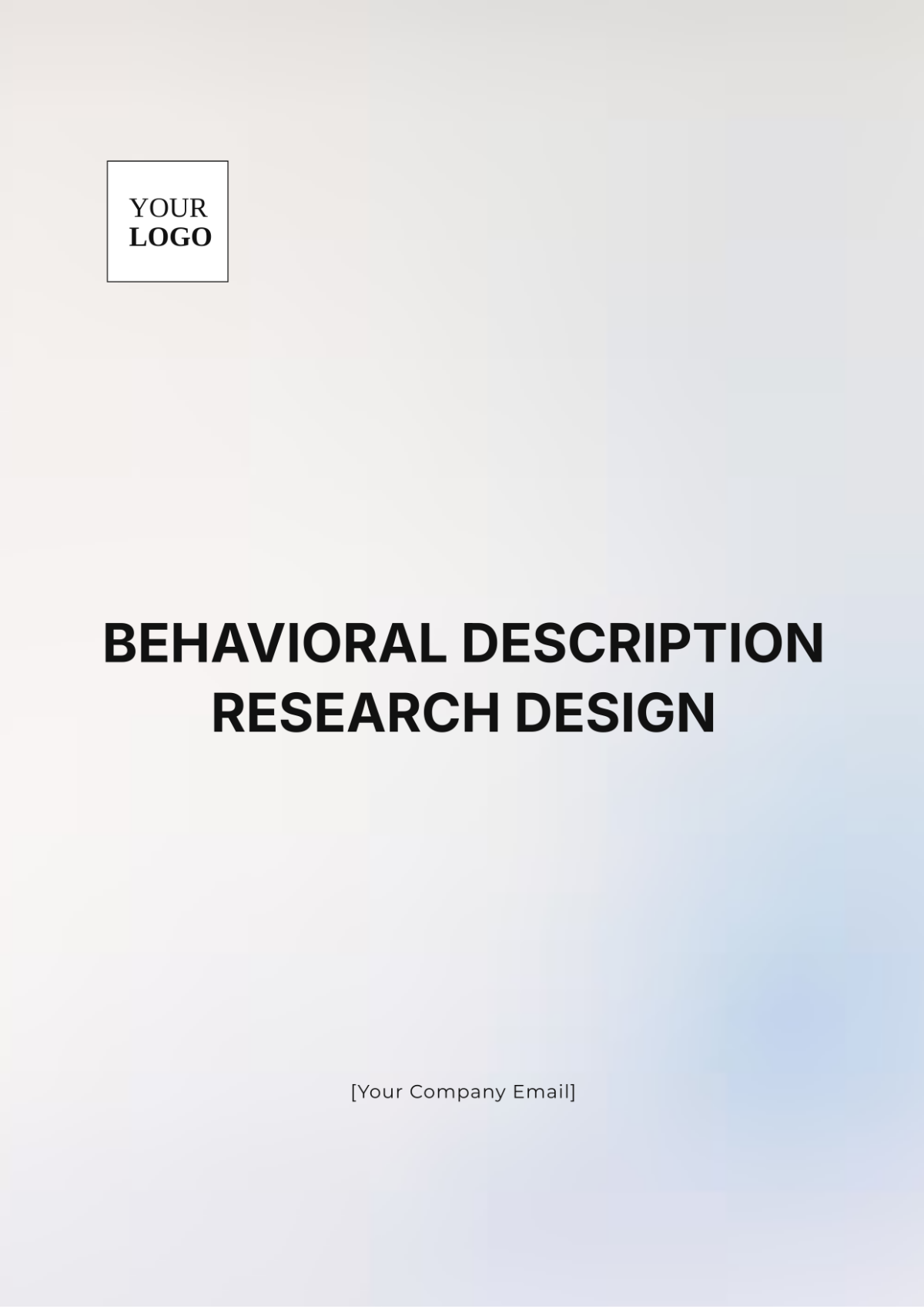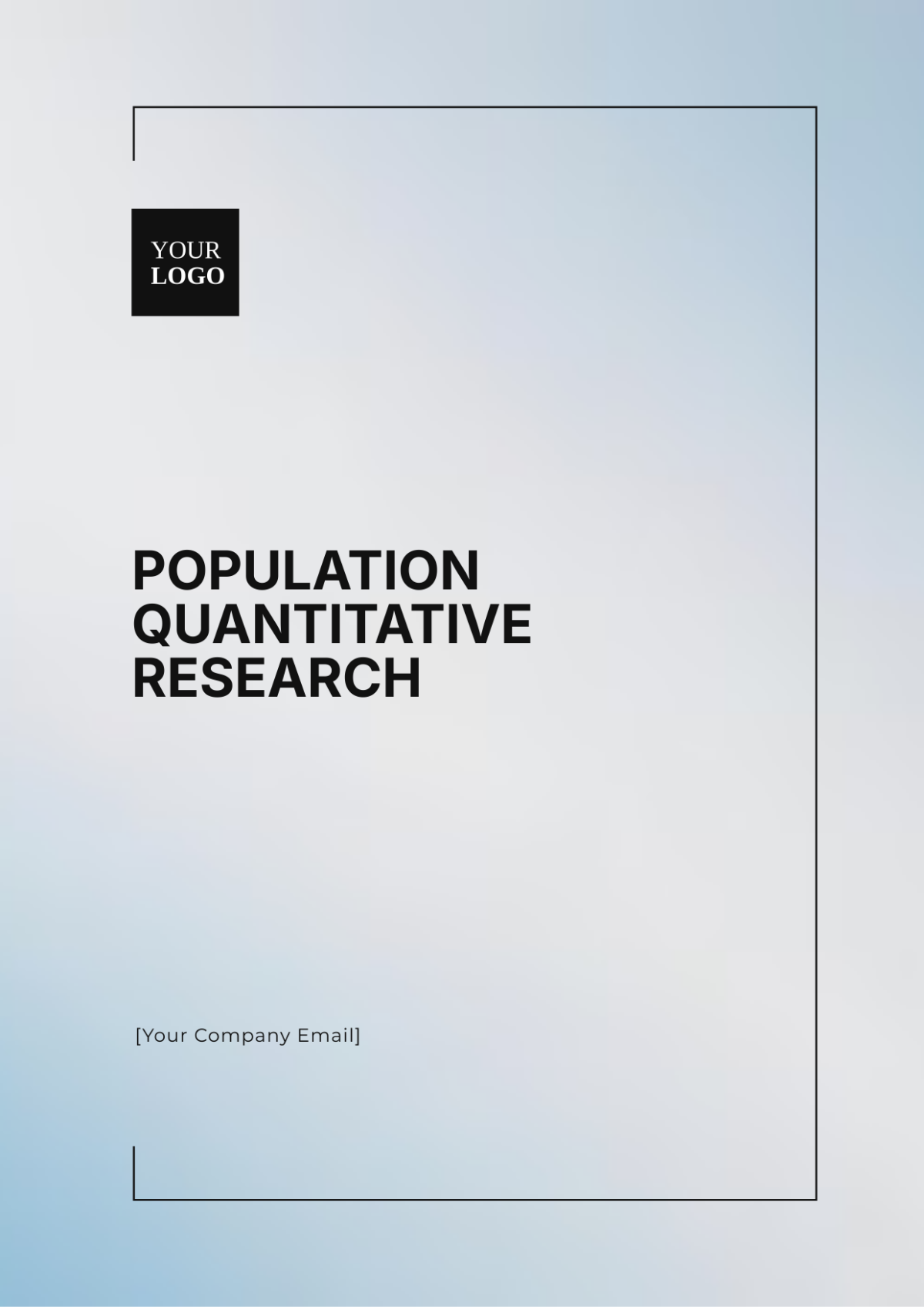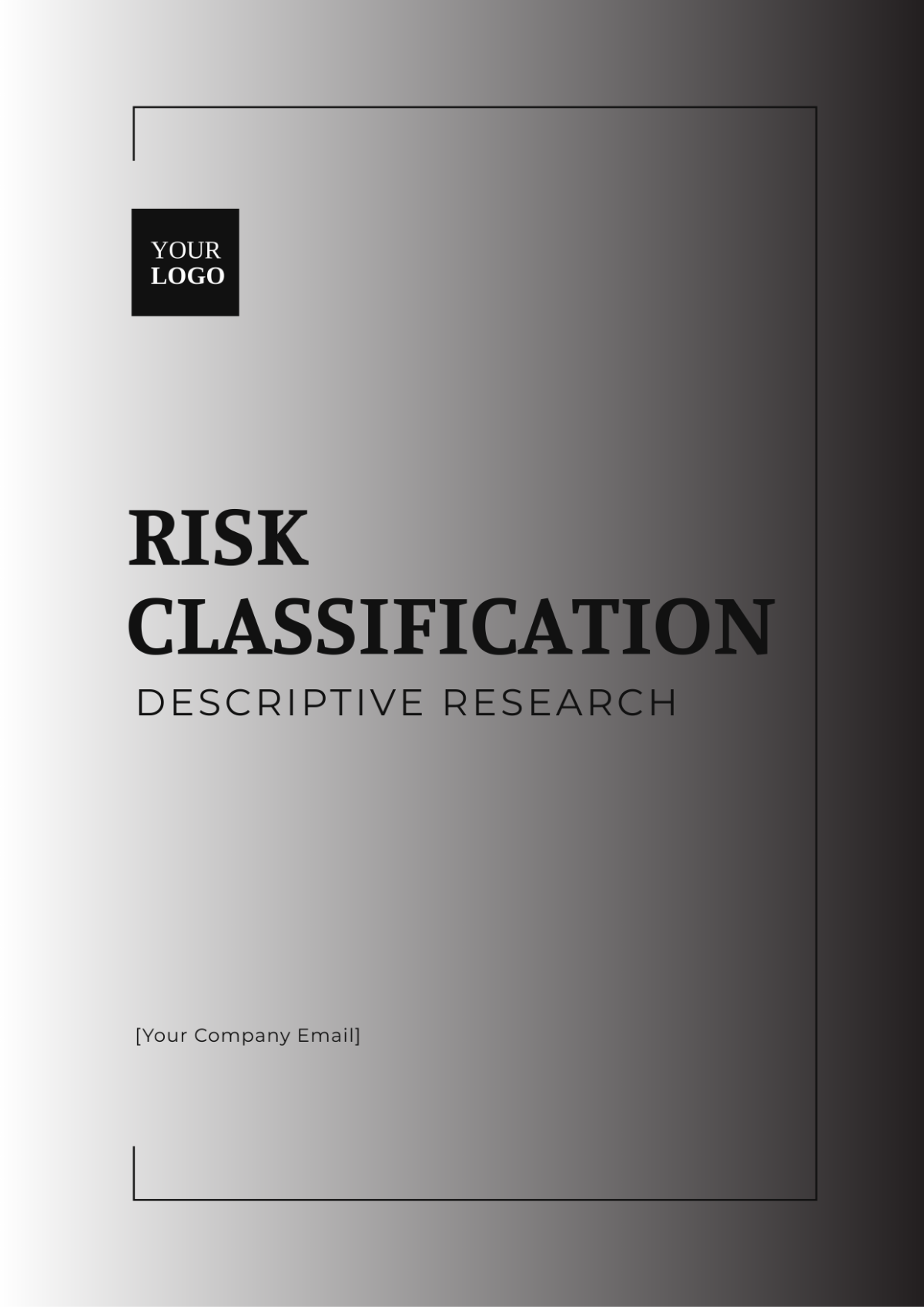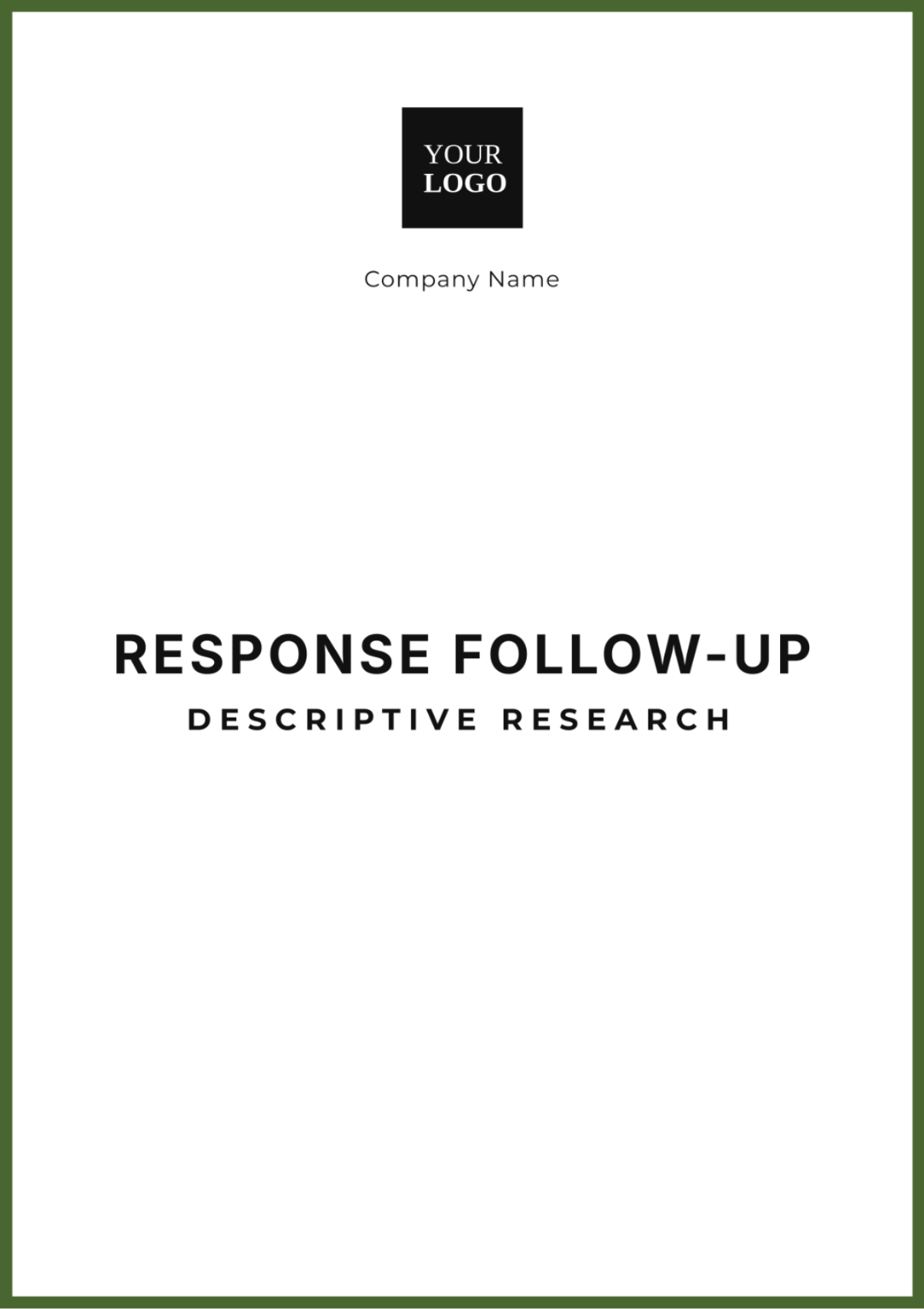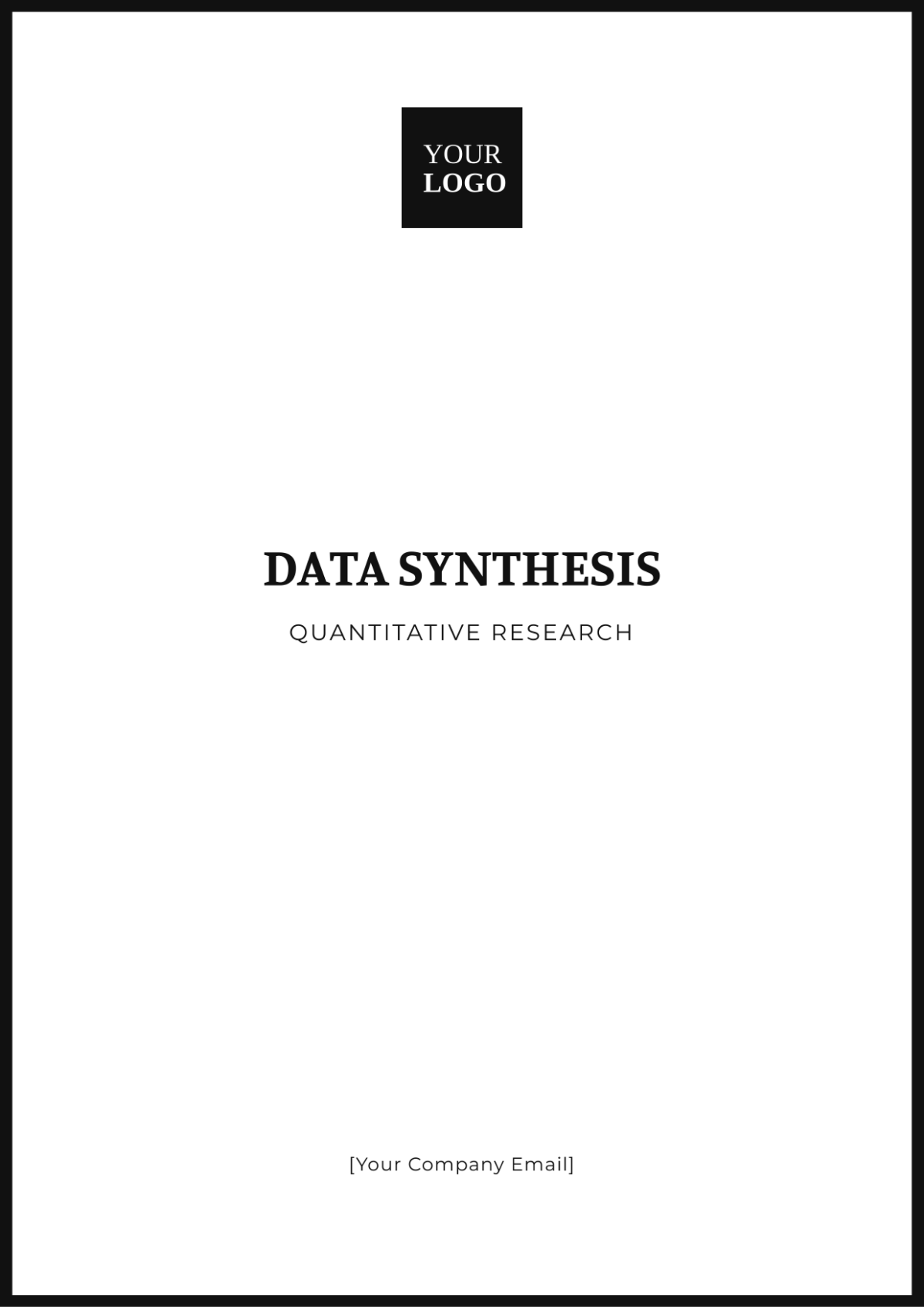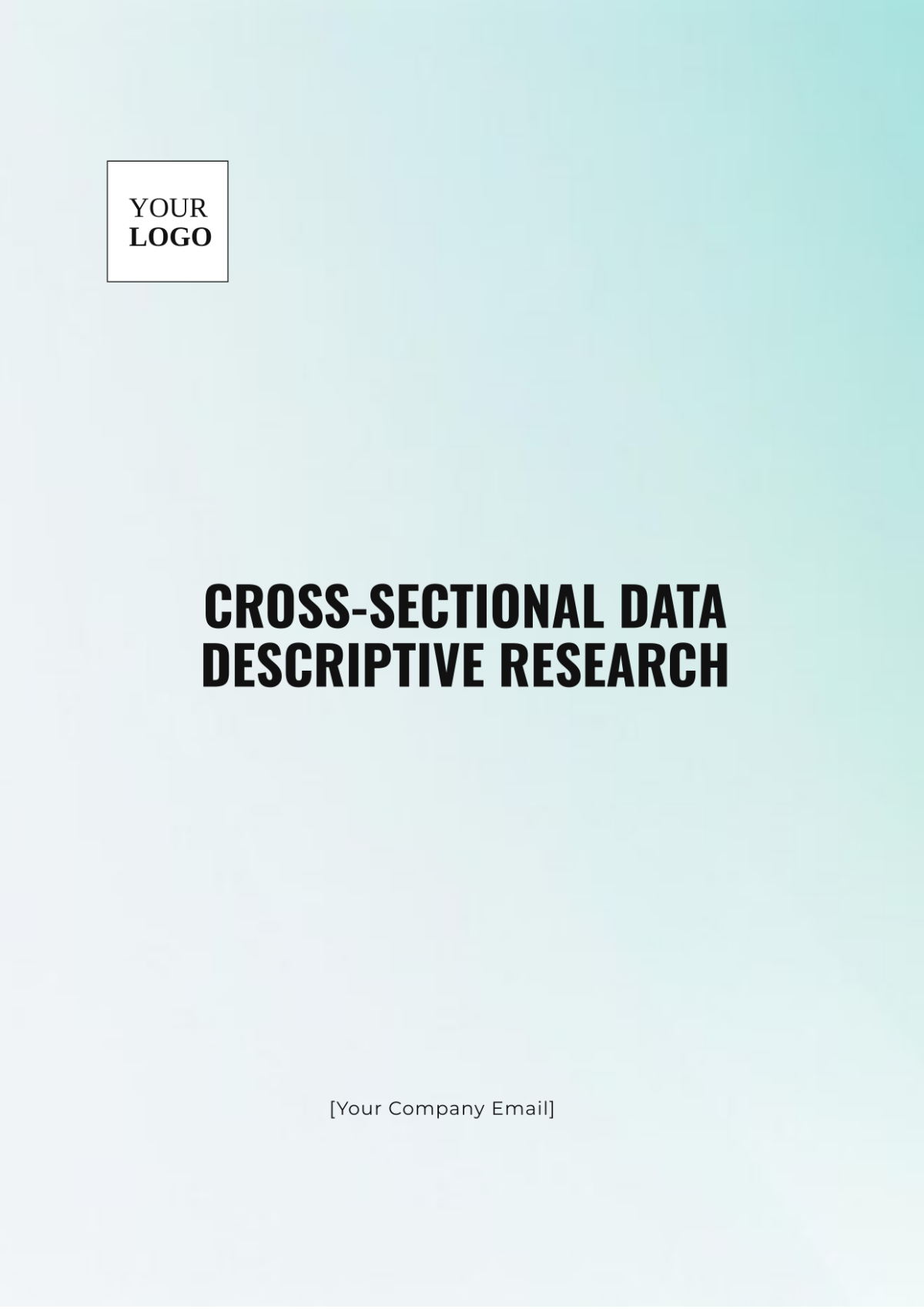Phenomenon Description Research Design
Prepared By: [Your Name]
I. Introduction
The phenomenon description research design is a qualitative approach aimed at exploring, defining, and understanding specific phenomena as they manifest within human experiences. This research design is deeply rooted in phenomenology, a philosophical tradition that focuses on studying conscious experiences as they are lived. By capturing the essence of these experiences, researchers can provide a comprehensive, detailed description of the phenomenon under study.
II. Purpose
The primary purpose of this research design is to attain a profound understanding of a particular phenomenon from the perspective of those who have directly encountered it. Unlike other research approaches that may seek to test hypotheses or quantify variables, this design prioritizes the richness and complexity of human experiences, allowing the phenomenon to be understood in its full depth and nuance.
III. Key Characteristics
Qualitative Nature: The phenomenon description research design predominantly employs qualitative methods such as in-depth interviews, participant observations, and document analysis to gather rich, detailed data.
Focus on Lived Experience: The design is centered on understanding phenomena through the descriptions provided by individuals who have directly experienced them. It seeks to capture the subjective realities of participants.
Emic Perspective: This approach emphasizes understanding the phenomenon from the perspective of the insider, or emic view, rather than imposing external theories or hypotheses. It allows participants' voices and interpretations to guide the research process.
Descriptive Focus: The design is not aimed at explanation or prediction but at description. It seeks to articulate the "what" and "how" of the phenomenon, rather than the "why."
IV. Steps in Phenomenon Description Research Design
Research Question Formulation:
Develop a clear and focused research question that seeks to explore and describe a specific phenomenon through the lived experiences of individuals. The question should be open-ended, allowing for the depth and breadth of human experience to be captured.Participant Selection:
Carefully select participants who have directly experienced the phenomenon under investigation. These individuals should be able to provide rich, detailed descriptions of their experiences. Purposive sampling is often used to ensure that participants can offer the most insightful and relevant perspectives.Data Collection:
Employ qualitative methods such as in-depth interviews, participant observations, and analysis of relevant documents to gather comprehensive data. The goal is to allow participants to share their experiences in their own words, often in a narrative format.Data Analysis:
Analyze the collected data to identify recurring themes and patterns that capture the essence of the phenomenon. Techniques such as coding, thematic analysis, and narrative analysis are used to distill the core elements of the experiences described by participants.Findings Presentation:
Present the findings in a manner that vividly describes the phenomenon. This often involves the use of direct quotes and detailed narratives from participants to illustrate the themes and provide a textured understanding of the phenomenon.Drawing Conclusions:
Synthesize the findings to draw broader conclusions about the phenomenon. These conclusions should reflect the lived experiences of participants and offer insights into the implications of the phenomenon for the field of study.
V. Applications
The phenomenon description research design is widely applicable across various fields:
Psychology: Understanding the emotional and cognitive experiences of individuals, such as coping mechanisms or trauma responses.
Healthcare: Examining patient experiences, the impact of medical treatments, or the lived experience of chronic illness.
Education: Exploring the learning experiences of students, including their challenges, successes, and personal growth.
Sociology: Investigating social phenomena, such as community dynamics, social movements, or the lived experience of social marginalization.
VI. Limitations
While the phenomenon description research design offers profound insights, it does have limitations:
Small Sample Sizes: The design often involves small, purposive samples, which may limit the generalizability of the findings to broader populations.
Subjectivity: The reliance on participants' subjective accounts can lead to challenges in maintaining objectivity. Researchers must be vigilant in their analysis to ensure that the findings are credible and trustworthy.
Time-Intensive: The in-depth nature of data collection and analysis can be time-consuming, requiring significant investment in terms of both time and resources.
VII. References
Smith, J. A., Flowers, P., & Larkin, M. (2009). Interpretative Phenomenological Analysis: Theory, Method, and Research. Sage Publications.
Van Manen, M. (1990). Researching Lived Experience: Human Science for an Action Sensitive Pedagogy. SUNY Press.
Colaizzi, P. F. (1978). Psychological research as the phenomenologist views it. In R. S. Valle & M. King (Eds.), Existential-Phenomenological Alternatives for Psychology (pp. 48-71). Oxford University Press.


